|
|
In a world where fossil fuel emissions dominate the atmosphere and climate change looms over our future, the need for innovative and sustainable transportation solutions has never been greater.
Among the pioneers of this eco-friendly revolution are solar vehicles—glistening marvels that harness the power of the sun to propel us forward into a greener tomorrow.
But how do these captivating creations work? How does the sun’s brilliance transform into kinetic energy that propels these vehicles forward?
Prepare to embark on an enthralling journey as we delve deep into the intricate mechanisms, astounding engineering marvels, and innovative advancements that make solar vehicles a viable mode of transportation.
Get ready to unveil the secrets behind their silent revolution as we unravel the captivating story of how solar vehicles harness the sun’s power to propel us toward a brighter, cleaner future.
The Basics of Solar Energy
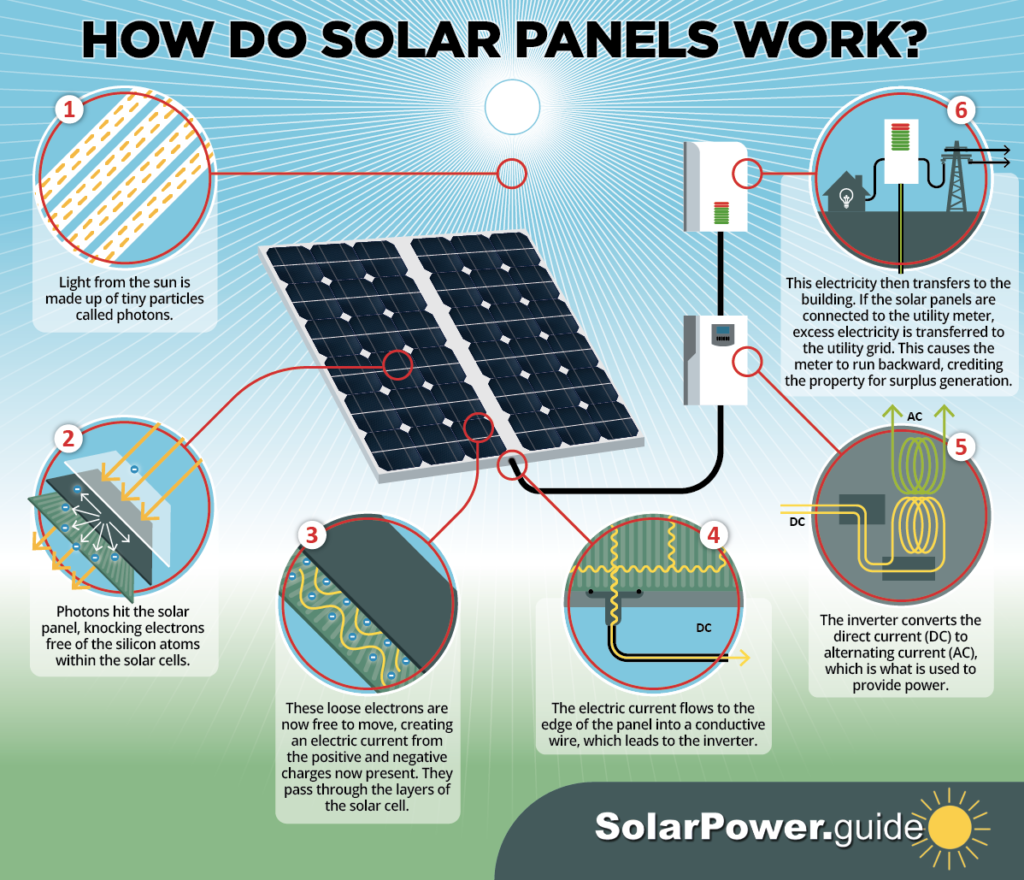
source: https://solarpower.guide/solar-energy-insights/how-do-solar-panels-work
To understand how solar vehicles operate, let’s start with the fundamental principle of solar energy.
At the heart of this technology are photovoltaic (PV) cells, commonly known as solar panels. These cells are comprised of semiconductor materials, such as silicon, which have the remarkable ability to convert sunlight directly into electrical energy through the photovoltaic effect.
When sunlight strikes the surface of a solar panel, the photons in the light excite the electrons in the semiconductor material, causing them to break free from their atoms. This creates a flow of electrons, resulting in the generation of an electric current. The current is then harnessed and directed to power the vehicle’s propulsion system.
However, it’s important to note that the efficiency of solar energy conversion varies depending on several factors, such as the quality of the solar cells, the intensity of sunlight, and the angle and orientation of the panels.
While modern solar cells can achieve conversion efficiencies of around 20-25%, ongoing research and development aim to further improve these numbers.
Components of Solar Vehicles
Solar vehicles are equipped with various components that work together to harness solar energy and convert it into mechanical power. Let’s explore these components in detail:
- Solar Panels
The solar panels, typically mounted on the vehicle’s surface, consist of multiple interconnected PV cells. These panels are designed to capture and convert sunlight into electrical energy. To maximize efficiency, solar panels are often angled and positioned to receive the optimal amount of sunlight throughout the day.
- Battery Systems
Solar vehicles rely on battery systems to store excess energy generated by the solar panels. These batteries serve as energy reservoirs, providing power to the vehicle’s electric motor when sunlight is unavailable or insufficient. Advanced battery technologies, such as lithium-ion batteries, are commonly used due to their high energy density and long cycle life.
- Electric Motors
Electric motors in solar vehicles are responsible for converting electrical energy stored in the batteries into mechanical power that propels the vehicle. These motors offer high torque and efficiency, providing a smooth and responsive driving experience. Some solar vehicles employ multiple motors for improved performance and control.
- Regenerative Braking
Regenerative braking is a clever feature found in many solar vehicles. When the brakes are applied, the electric motor switches to generator mode, converting the kinetic energy of the moving vehicle back into electrical energy. This energy is then fed back into the battery system, increasing overall efficiency and extending the vehicle’s range.
Solar Vehicle Design and Engineering
Solar vehicle design plays a crucial role in maximizing energy efficiency and overall performance.
Here are some key considerations in the design and engineering of solar vehicles:
- Lightweight Materials
To enhance energy efficiency and extend range, solar vehicles are often constructed using lightweight materials, such as carbon fiber composites and aluminum alloys. These materials reduce the vehicle’s weight, minimizing energy requirements and improving acceleration and handling.
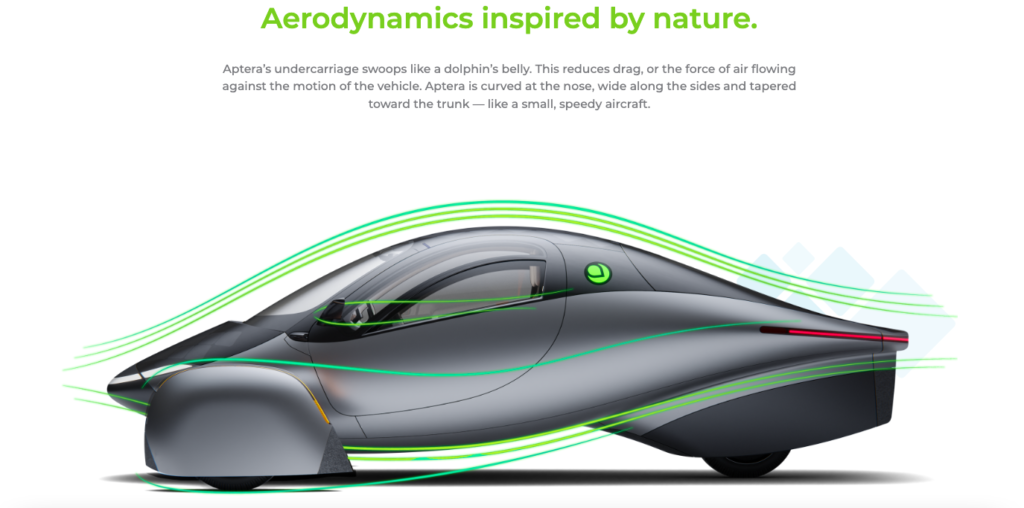
source: https://aptera.us/vehicle
- Aerodynamics
Efficient aerodynamic design is vital for reducing drag and optimizing solar vehicle performance. Streamlined body shapes, smooth contours, and optimized airflow around the vehicle help minimize resistance, allowing solar vehicles to glide through the air with minimal energy loss.
- Integration of Solar Panels
Integrating solar panels seamlessly into the vehicle’s structure is essential for maximizing energy capture. Solar panels are carefully positioned and oriented to ensure maximum exposure to sunlight while maintaining the vehicle’s aesthetics and aerodynamic profile.
- Safety Considerations
Solar vehicle design prioritizes safety features, including robust chassis structures, advanced braking systems, and comprehensive crash protection. They are implemented to ensure the well-being of occupants while maintaining the vehicle’s integrity and efficiency.
Charging and Range Considerations
While solar energy is the primary power source for solar vehicles, there are considerations regarding charging and range.
- Charging Options
Solar vehicles can be charged directly from sunlight, eliminating the need for external charging infrastructure. However, charging via traditional electrical outlets is also possible, especially during low sunlight conditions or for extended journeys. Some solar vehicles even incorporate plug-in charging capabilities to supplement solar power.
- Factors Affecting Range and Performance
Solar vehicle range depends on various factors, including available sunlight, the efficiency of solar panels, battery capacity, driving conditions, and energy demands. Intelligent power management systems optimize energy usage, prioritizing solar power when available and seamlessly transitioning to battery power when needed.
- Challenges and Solutions for Long-Distance Travel
Long-distance travel presents challenges for solar vehicles due to varying sunlight conditions and energy demands. To overcome these challenges, solar vehicles often incorporate larger solar panel arrays, high-capacity battery systems, and advanced energy management algorithms. Additionally, strategic planning and efficient driving techniques can help optimize energy consumption and extend range.
Advances and Innovations in Solar Vehicle Technology
Solar vehicle technology continues to evolve, driven by ongoing research, competitions, and innovative breakthroughs. Let’s explore some recent advancements:
- Solar Vehicle Competitions
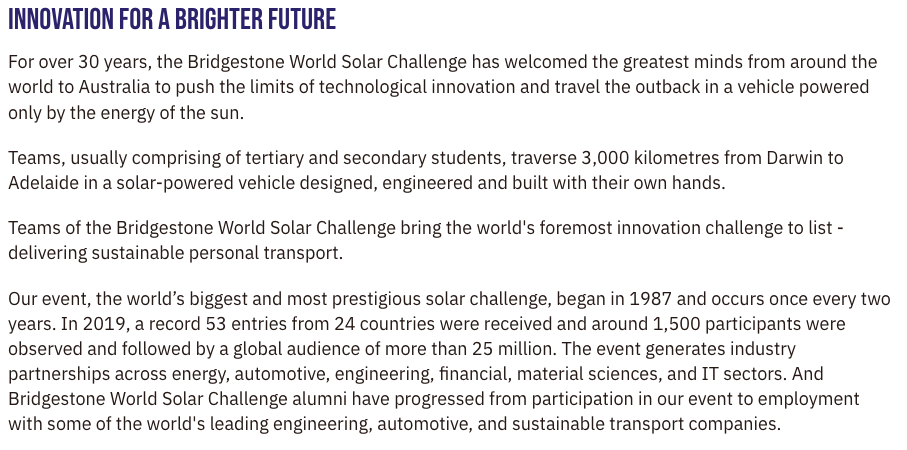
source: https://worldsolarchallenge.org/about_wsc/overview
Solar vehicle competitions, such as the World Solar Challenge, push the boundaries of solar vehicle technology. These events inspire teams of engineers and students to develop cutting-edge solar vehicles, fostering innovation and driving advancements in energy efficiency, design, and performance.
- Research and Development
Scientists and engineers are actively exploring new materials, such as perovskite solar cells, with higher conversion efficiencies. Additionally, advancements in energy storage technologies, such as solid-state batteries and supercapacitors, show promise for further improving the performance and range of solar vehicles.
- Emerging Technologies
Emerging technologies, like solar concentrators and solar tracking systems, aim to enhance solar energy capture by focusing sunlight onto smaller, highly efficient solar cells. Furthermore, advancements in wireless charging technologies could enable convenient and efficient charging of solar vehicles in the future.
Real-World Applications
Solar vehicles are no longer confined to the realm of prototypes and experiments. Real-world applications and case studies demonstrate the feasibility and practicality of solar-powered transportation.
- Solar-Powered Cars
Commercial manufacturers have begun producing solar-powered cars. Vehicles like Lightyear or Aptera integrate solar panels into their design, allowing them to partially recharge the battery using solar energy while parked or during driving. While in many cases, the solar energy contribution may be relatively small compared to the overall energy requirements, it extends the vehicle’s range and reduces reliance on external charging sources.
- Solar-Assisted Electric Bicycles and Scooters
Solar energy is also being harnessed for smaller modes of transportation. Solar-assisted electric bicycles and scooters are equipped with integrated solar panels that provide additional charging capabilities. These vehicles offer an eco-friendly and cost-effective alternative for short-distance travel in urban areas.
- Solar-Powered Public Transportation Initiatives
Solar energy is making its mark in public transportation as well. Solar-powered buses are being deployed in cities around the world, utilizing solar panels on the bus rooftops to generate electricity for propulsion and auxiliary systems. These initiatives contribute to reducing emissions and improving air quality in densely populated urban areas.
Challenges and Future Outlook
Despite the progress made in solar vehicle technology, several challenges must be addressed for widespread adoption and integration.
- Overcoming Limitations
The intermittent nature of sunlight and variations in solar intensity present challenges for solar vehicles. To get rid of these limitations, advances in energy storage, improved solar cell efficiency, and integration with grid infrastructure are necessary. Collaboration between researchers, engineers, and policymakers is crucial to overcome these challenges.
- Impact on the Transportation Industry
The widespread adoption of solar vehicles has the potential to transform the transportation industry. Reduced reliance on fossil fuels, lower operating costs, and increased sustainability may reshape the automotive landscape. It may also lead to changes in infrastructure, such as the development of solar-powered charging stations and the integration of renewable energy sources into the electrical grid.
- Vision for a Solar-Powered Future
Solar vehicles represent a significant step towards achieving a sustainable future. The integration of solar energy into transportation systems can contribute to mitigating climate change, reducing air pollution, and enhancing energy security. As technology continues to advance and economies of scale are realized, solar vehicles may become a commonplace sight on our roads, symbolizing a cleaner, greener, and more sustainable world.
Conclusion
Solar vehicles are not merely a technological curiosity but a tangible solution to our pressing environmental challenges.
Through the fusion of solar energy conversion, innovative engineering, and forward-thinking design, these vehicles offer a vision of a future where sustainability and mobility intertwine.
As we continue to unlock the potential of solar energy and push the boundaries of solar vehicle technology, we move closer to a reality where solar-powered transportation becomes a mainstream choice.
Let us embrace this silent revolution, harnessing the power of the sun to drive us toward a brighter, cleaner, and more sustainable future.
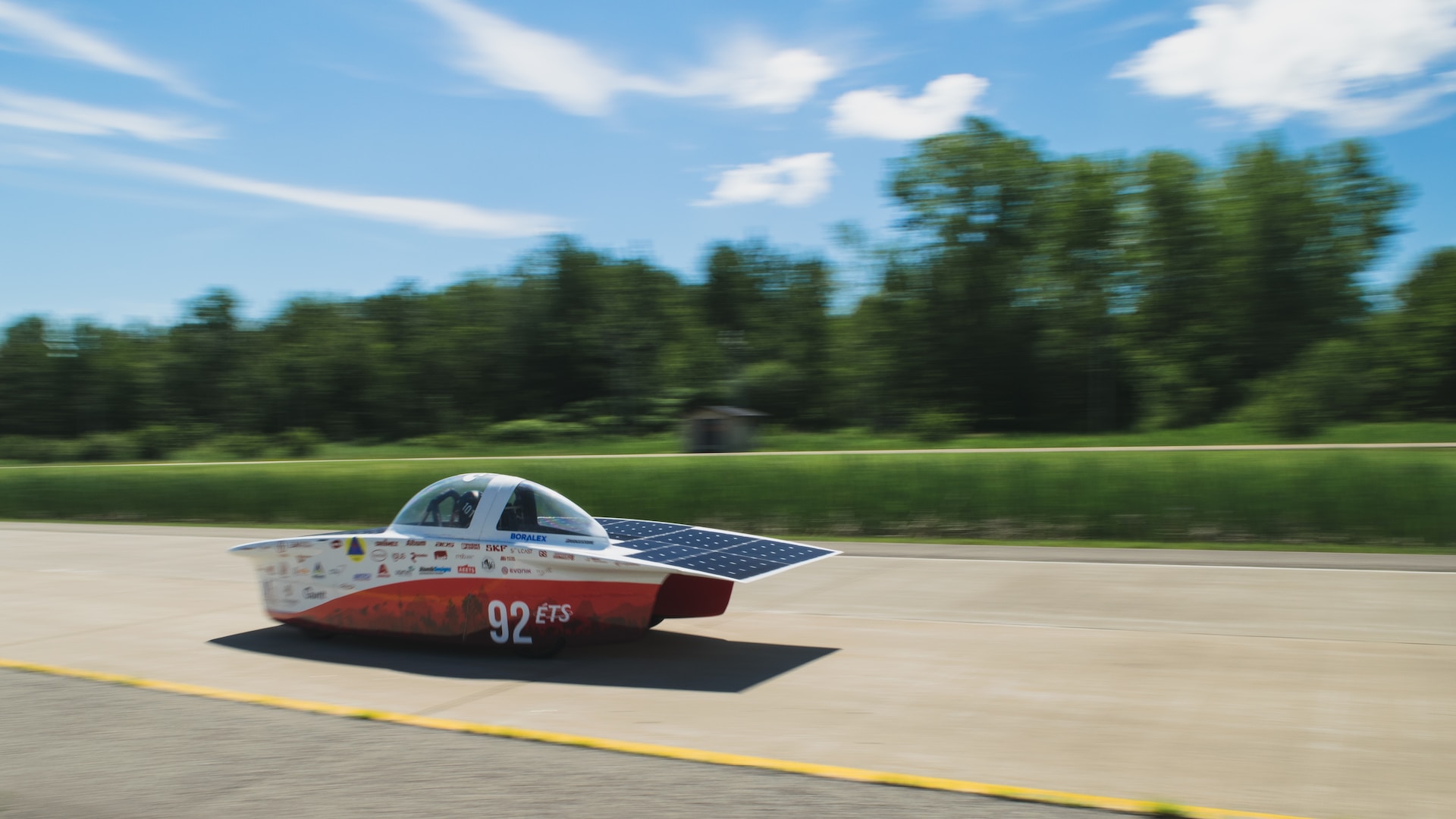
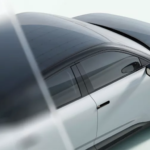




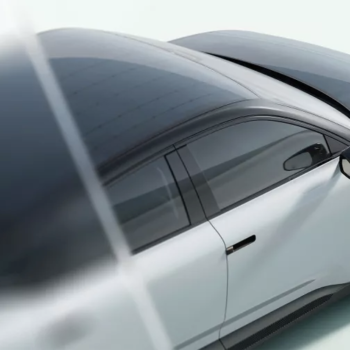

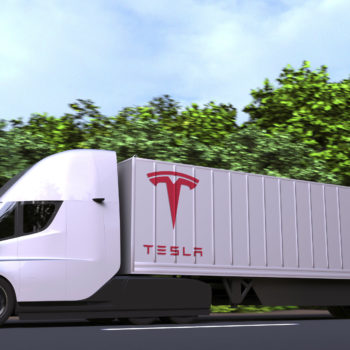


No Comments